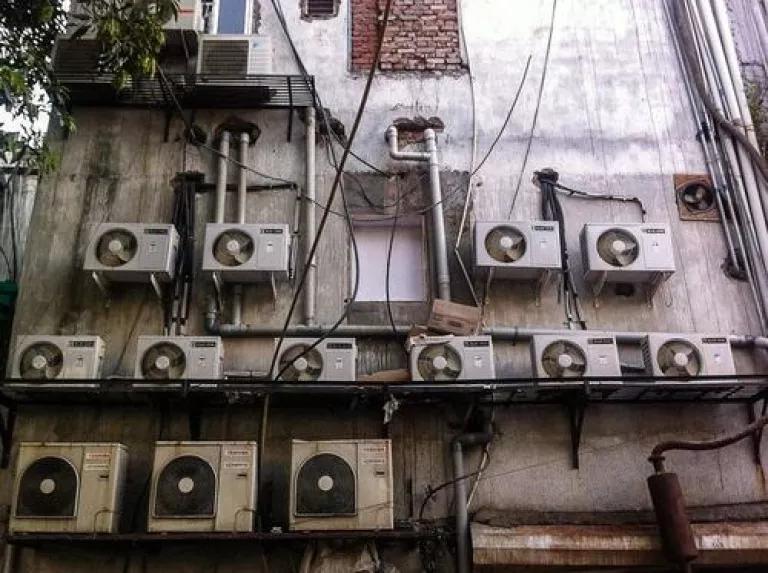Guest blog by Bhaskar Deol in New Delhi
The end of 2015 was marked with two giant leaps taken towards addressing global climate change. In December in Paris, countries came to a historic climate change agreement including emission reduction commitments from all major countries. Earlier, in November in Dubai, countries took concrete steps to discuss phasing down use of super greenhouse gases known as hydrofluorocarbons (HFCs) under the ambit of Montreal Protocol. Together, these two deals - one already signed, and another, which could be agreed in 2016 - are the two most critical pieces needed to solve the climate change jigsaw puzzle and keeping global warming under 2 degrees Celsius.
The Paris agreement on climate change states that Parties agree to "holding the increase in the global average temperature to well below 2 °C above pre-industrial levels and to pursue efforts to limit the temperature increase to 1.5 °C above pre-industrial levels". Although countries representing over 90% of global greenhouse gas emissions have committed to emission reductions, this goal cannot be achieved if concerted action is not taken up under Montreal Protocol simultaneously to phase down HFCs.

International experts working on short-lived climate pollutants (SLCPs), which include HFCs, agree that cutting down only carbon dioxide or HFCs individually cannot restrain the temperature rise within safe limits. Professor V Ramanathan, Distinguished Professor at University of California at San Diego & Member of the Scientific Advisory Board at Climate and Clean Air Coalition (CCAC), believes action on SLCPs will show results early, while carbon dioxide emission reduction measures show their effect only over long timeframes. A global agreement to phase down HFCs could avoid warming of 0.5 degree Celsius by year 2100, providing a shot in the arm to the deal that was just signed in Paris.
Technology required for phasing down HFCs is readily available, and rapidly becoming more viable. NRDC's research along with parnters, 'Cooling India With Less Warming' shows specific examples of companies in India that are taking leadership by phasing down HFCs and adopting climate friendly refrigerants technologies. Given the urgent need for concerted action to address global warming on multiple fronts, countries and businesses should make it a priority to work towards phasing down HFCs under Montreal Protocol.
Across the world, the successful Paris agreement has created tremendous amount of goodwill and unprecedented momentum to work in collaboration to address rising threats of climate change. Countries need to come together once more in 2016 to seize this opportunity, and build upon the Paris agreement by amending Montreal Protocol to phase down HFCs. Success in Paris was made possible by countries coming prepared with ambitious pledges constituting domestic actions to reduce global warming emissions. Just like in Paris, an HFC amendment too, can be agreed with developed and developing countries agreeing to limit HFCs, with developing countries getting extra time and funding support to cover their costs of transition. Montreal Protocol has the institutions and mechanisms such as the Technical and Economic Assessment Panel and the Multilateral Fund to evaluate pace of technology development and provide funding for necessary conversions. In 2016, the most successful environmental treaty and the first universal climate agreement can combine forces to give the world its best chance of achieving a 2 degrees target.
Photo: Bhaskar Deol



